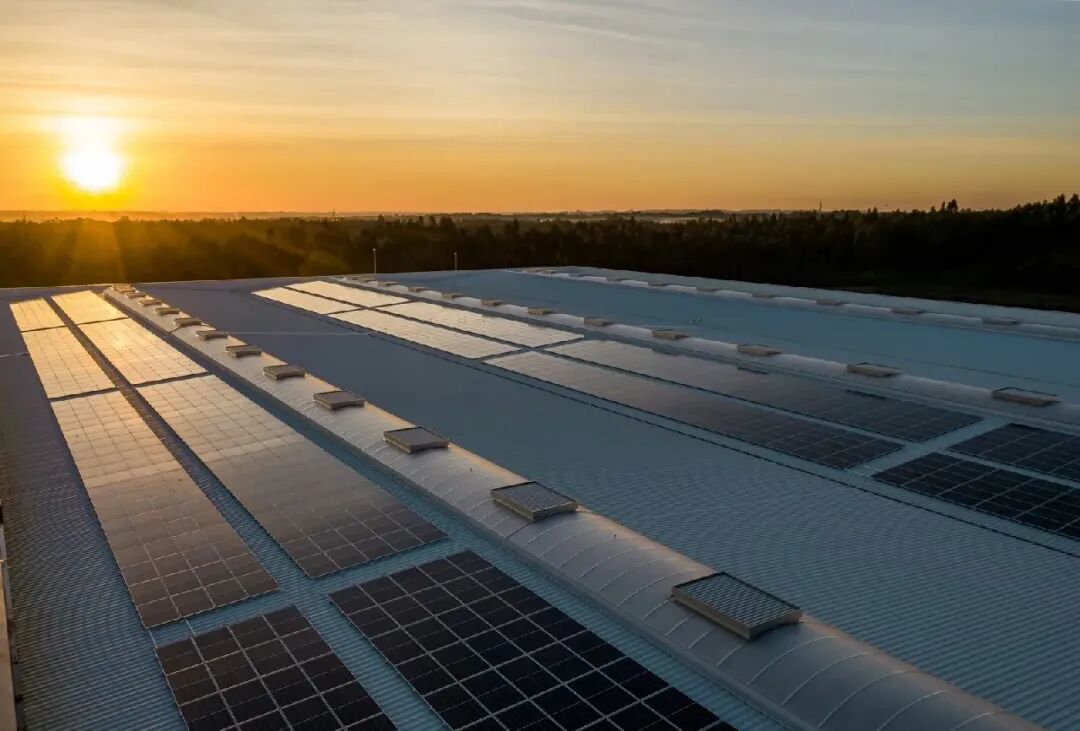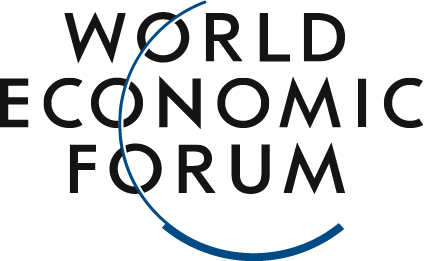More than half of the carbon emissions in the renewable value chain come from upstream activities.
Image source: Unsplash/Nuno Marques
Li Qing
Head of the Climate Action Energy Sector, Greater China, at the World Economic Forum
Zhang Xun
Managing Director, Strategy and Consulting at Accenture
To limit global warming to no more than 1.5°C, as called for by the Paris Agreement, we need a radical transformation in how energy is produced and consumed—with over a quarter of the effort coming from the shift toward renewable energy sources.
More than half of the carbon emissions in the renewable energy value chain stem from upstream activities. As the industry scales up, delivering a net-zero, reliable, and circular energy supply in a responsible manner is emerging as the renewable energy sector’s new value proposition and key driver for growth—both globally and beyond.
To further advance China’s renewable energy development, the "China Renewable Energy Scaling-Up Initiative" working group—part of the World Economic Forum’s Center on Energy and Materials—has joined forces with Accenture, along with the International Energy Community China and the global initiative "Clean Power, Grids and Electrification." Together, they have conducted an in-depth analysis and study of China’s renewable energy value chain, with a particular focus on the corporate perspective. From the lens of achieving net-zero emissions, the collaboration has developed strategic action recommendations tailored specifically for renewable energy companies.
Scientific research clearly indicates that the global average temperature in 2023 has likely already exceeded pre-industrial levels by more than 1.5°C. To achieve the goals of the Paris Agreement, all governments—especially those major carbon emitters—must further enhance their Nationally Determined Contributions and take decisive, ambitious, and stringent actions to cut emissions.The COP28 conference reached the "UAE Consensus on Global Stocktake," marking the first-ever global review of the Paris Agreement. The consensus included discussions on "Transition Away from Fossil Fuels," as well as ambitious targets to triple renewable energy capacity and double energy efficiency—making this a significant milestone.China is one of the world’s largest carbon-emitting countries and also the leading producer of renewable energy. In 2023, China’s carbon emissions reached 12.6 gigatons, while the country’s installed renewable energy capacity soared to 1.45 terawatts—accounting for more than 50% of China’s total power-generation capacity. For the first time, renewable energy surpassed coal-fired power in installed capacity, marking a historic milestone.As China enters the second half of its 14th Five-Year Plan and continues pursuing its long-term goals for 2035 and beyond, accelerating the development of renewable energy is critical to achieving the country’s 2060 carbon-neutral target. However, while renewables themselves are inherently low-carbon, the rapid expansion of this sector—along with the associated growth in renewable energy value chains—has given rise to significant carbon emissions from upstream and downstream activities, a challenge that cannot be overlooked.Carbon Emissions in the Renewable Energy Value Chain
InformationSource:Accenture Analysis
- In upstream activities, the procurement of raw materials, processing, and equipment manufacturing are key stages that drive increased carbon emissions. These processes typically involve energy-intensive methods and reliance on non-renewable energy sources.
Global ESG Head at JinkoSolarJinkoSolar is the first company in the global PV industry to have its short-term, long-term, and net-zero science-based carbon targets independently validated. The Science Based Targets initiative aims to help businesses set ambitious emissions reduction goals aligned with the latest climate science, enabling companies worldwide to accelerate their transition toward a low-carbon future.While achieving 100% procurement and use of renewable energy electricity by 2030, JinkoSolar is committed to collaborating with upstream and downstream partners to drive emissions reductions across the entire value chain—and aims to cut emissions related to PV production and manufacturing in externally purchased goods and services by 58.2% by 2032.Jinko Energy is exploring effective ways to reduce the environmental impact of its products across their entire lifecycle—spanning from R&D and procurement to production, transportation, usage, and even recycling. Additionally, the company integrates greenhouse gas emissions into critical processes such as new supplier onboarding, qualified supplier management, and supplier risk assessments, driving sustainable development throughout its renewable energy supply chain.Supporting China's Dual Carbon Goals"Xinwandda is committed to the deep recycling of materials, collaborating with partners to drive technological innovation and advance battery recycling management. We are dedicated to delivering solutions for diverse renewable energy applications, thereby propelling the progress and growth of the new energy industry."Sunwoda Electronic Co., Ltd.Vice President and Chief Sustainability OfficerDriven by China's "Dual Carbon" goals, Xinwangda has established a robust 4P Sustainable Development Strategy centered around "Climate Governance (Planet), Sustainable Products (Product), Harmonious People (People), and Win-Win Partnerships (Partner).” The company has set ambitious targets for its own operations: peaking carbon emissions by 2029 and achieving carbon neutrality by 2050. Additionally, Xinwangda aims to help reduce society’s carbon footprint by 6.84 million tons by 2030 and contribute to cutting transportation-related emissions by 42.37 million tons by 2040.Xinwandda employs a carbon-reduction strategy that spans the entire product lifecycle. Not only does the company achieve green electricity production by integrating photovoltaic and energy-storage systems across its campuses, but it also collaborates with upstream and downstream partners to drive technological breakthroughs in areas such as raw materials, big-data management for batteries, battery second-life applications, and recycling. These efforts aim to reduce carbon emissions and optimize resource utilization throughout the battery industry chain, ultimately supporting the energy transition needs of diverse sectors—including energy technology, industrial manufacturing, and electric vehicles.Future opportunities in the renewable energy sectorRegions with high renewable energy resource potential often coincide with areas rich in biodiversity. As renewable energy companies strive to minimize the impact of their value-chain activities on nature and biodiversity—such as the threat posed by upstream raw-material extraction for renewables to ecosystem health, or the disruption of marine and terrestrial species' natural habitats caused by the operation of wind and solar projects—they are now facing both new challenges and emerging opportunities in their journey toward not just achieving net-zero emissions, but actively delivering net-positive environmental outcomes.Leveraging their ability to integrate the entire value chain and collaborating with upstream and downstream partners to jointly build a responsible renewable energy ecosystem will be the key opportunity for renewable energy companies to stand out in an increasingly competitive market. As the global net-zero transition accelerates, these companies are poised to pioneer innovative second growth curves within their value chain activities—driving sustainable advancements that help reshape the global energy landscape.Qin Xinhong, Head of Corporate Affairs for the Greater China region at the World Economic Forum, as well as Accenture project team members Fan Xiaopeng, Zhang Yue, Hu Kairui, and Tang Qingyi, also contributed to this article.
Feel free to share this on WeChat Moments; please leave a comment below if you’d like to republish.
Editor: Wang Can
The World Economic Forum is an independent and neutral platform dedicated to bringing together diverse perspectives to discuss critical global, regional, and industry-specific issues.
Follow us on Weibo, WeChat Video Accounts, Douyin, and Xiaohongshu!
"World Economic Forum"






